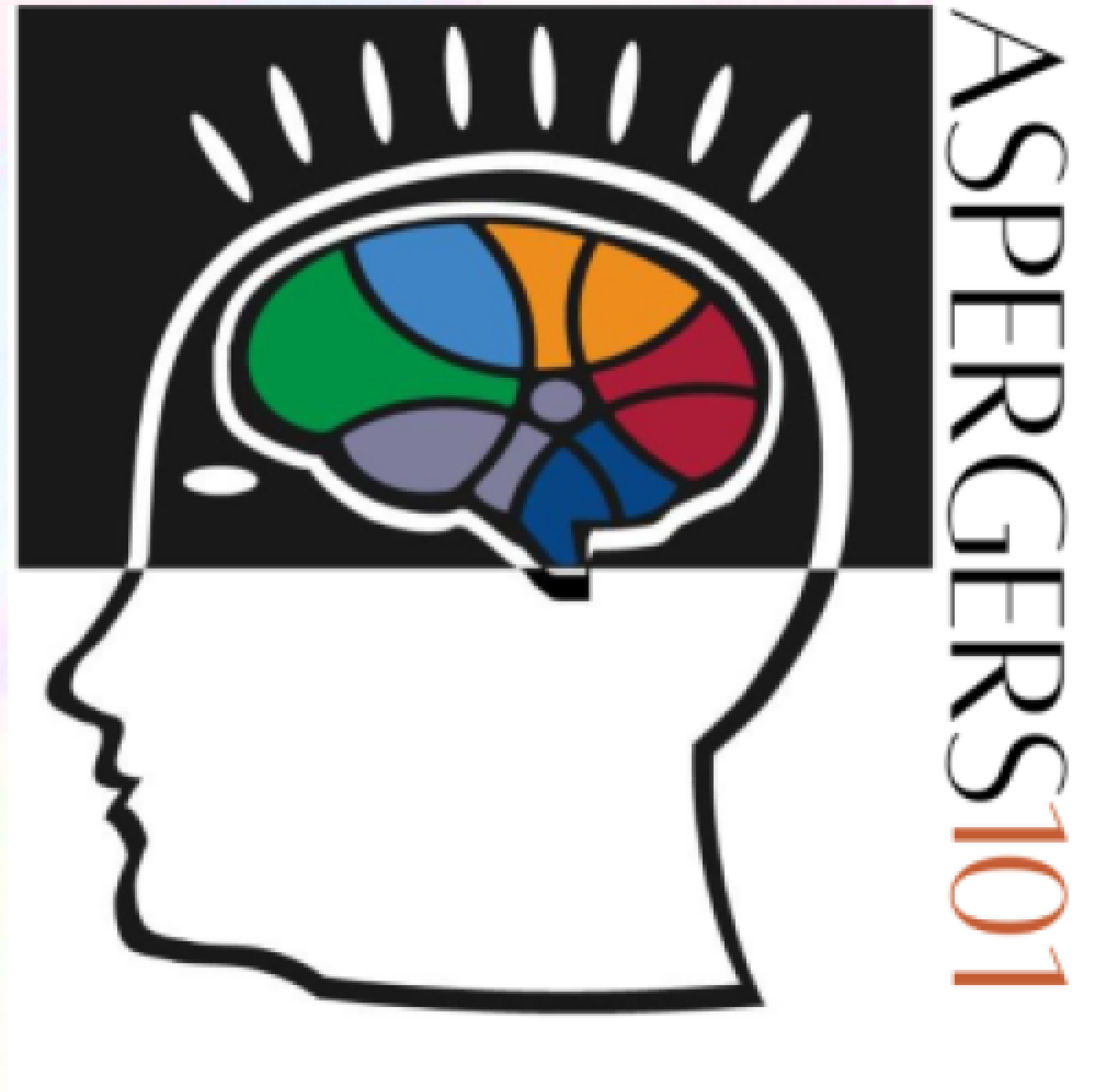Using Intense Interests to Grow the Aspie Mind, Body, and Spirit
Everybody in the Asperger’s Community already acknowledges that aspies have that one thing that keeps them happy and comfortable: their intense interest. Whether you are a teacher, a parent, a sibling, or a friend, coming to understand the aspie’s intense interests is crucial for creating a relationship and helping them grow.

The aspie’s intense interest comes with many challenges and rewards, just as the jobs of parenting and teaching do. This article explores the real benefits and best parameters of understanding and working with the restricted interests for people with Aspergers. Following the 5-step process below can provide a window into the Asperger’s world and show how an intense interest influences the various aspects of personal development.
1.First, identify the interests and the aspie’s behaviors, feelings, and habits that surround it in order to profile the aspie.
- Then, express interest in the aspie’s interest and ask them what they like most about it.
- If the aspie turns you away, tell them that they can share whatever details they want in their own time. Let the aspie come to you to tell you all about it, and don’t feel hurt if they turn you away initially. The aspie’s request for you to leave is very common with introverted aspies.
- If the aspie wants you to get involved, you can then perform a strategic inquiry in relation to the intense interests.
- As you learn about the aspie’s interests, begin to take them out of their comfort zones and push against what triggers undesirable behaviors.
- Dig deep into both good and bad behaviors in order to strategize how to prevent and remedy them as the aspie grows as a person.
- Then, learn to set different kinds of boundaries, but be careful with discipline. Demonstrate the utmost sensitivity to each situation to avoid further negative emotions and behaviors.
- One way of thinking about this is to draw developmental circles; more specifically, the innermost circle is the aspie’s current comfort zone with their interest and everything else that surrounds it. The next-largest circle represents a larger comfort zone into which the aspie gradually transitions. The parent/guardian/caregiver defines each subsequent circle using keywords that describe increasingly better and better trends in the various aspects of the aspie’s personal progress.
- This circle model serves as a reference point that measures the aspie’s progress based on their interest(s) and any other governing factors in personal development. Therefore, the interest serves as a common bond between the circles.
2.After profiling the aspie’s interests, bond with the aspie while advantageously using their specific interests.
Reese Eskridge is a Production Technician with Fairville Products who is passionate about working in the sciences (biology) and wishes to take his work experiences further into the fields of Educational Neuroscience; Science Fiction; Freelance Writing; Disability Advocacy; Public Speaking; Leadership and Entrepreneurship. Aspergers101 is proud to offer the insights and perceptions of the talented Mr. Eskridge to our team of bloggers as he is a great example of living life on the spectrum to it’s fullest!


